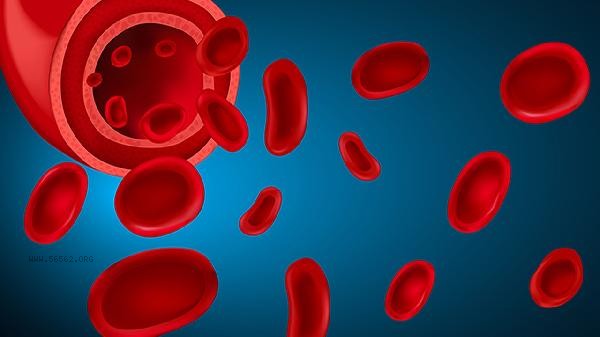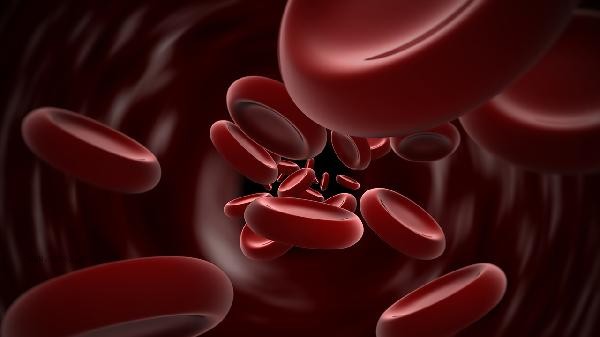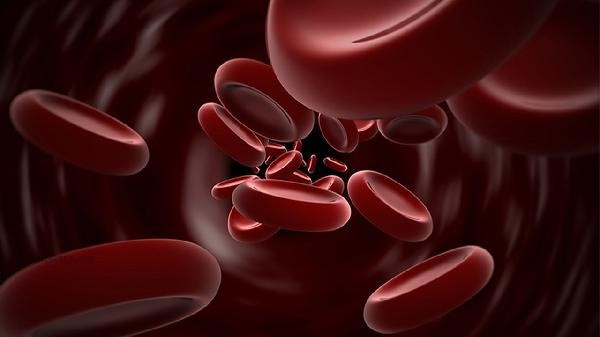The normal range of hematocrit is 40% -50% for males and 35% -45% for females. Hematocrit, also known as hematocrit, mainly reflects the volume ratio of red blood cells in the blood. Its value is influenced by factors such as age, gender, altitude, and detection methods.

1. Gender difference:
The normal value of hematocrit in males is higher than that in females, which is related to the promotion of red blood cell production by androgens. Adult males have strong bone marrow hematopoietic function and higher levels of testosterone, resulting in generally higher red blood cell count and hemoglobin concentration than females. Women may experience physiological decline during menstruation and pregnancy.
2. Age factor:
The hematocrit of newborns can reach 55% -68%, and gradually decreases to 35% -45% in childhood after birth. Due to reduced bone marrow hematopoietic function, the normal value of elderly people may be 3% -5% lower than that of adults. Residents in high-altitude areas may experience a 5% -10% increase in normal values due to long-term exposure to low oxygen environments.
3. Detection method:

When using centrifugation method for detection, the type of anticoagulant will affect the results. The value measured by heparin anticoagulant tube is 1% -2% higher than that of EDTA anticoagulant tube. Automated blood analyzers use impedance or light scattering methods, and there may be a system error of less than 2% between different brands of instruments. Pressing the tourniquet for more than 1 minute during blood collection may lead to false elevation. 4. Pathological changes: Dehydration, burns, and other blood concentration conditions can cause an increase in hematocrit, which may be accompanied by a synchronous increase in hemoglobin concentration. The number of patients with polycythemia vera can exceed 60%, often accompanied by thrombocytosis. Anemia, leukemia and other hematopoietic dysfunction diseases can lead to a significant decrease in values.
5. Clinical significance:
This indicator needs to be comprehensively judged by combining red blood cell count and hemoglobin concentration. When the values are abnormal, secondary factors such as chronic heart and lung diseases and kidney tumors need to be investigated. Long term values exceeding 55% may increase the risk of thrombosis, while values below 30% require caution against tissue hypoxia. While maintaining a reasonable amount of water intake, increasing the intake of iron rich foods such as animal liver and lean meat can help maintain normal hematopoietic function. It is recommended for those who live in high-altitude areas for a long time to regularly monitor blood indicators and avoid immediate blood tests after intense exercise. When pregnant women experience low values, it is recommended to supplement folic acid and vitamin B12 three months in advance. When the detection value of elderly people approaches the lower limit, bone marrow hematopoietic function evaluation can be performed.









Comments (0)
Leave a Comment
No comments yet
Be the first to share your thoughts!